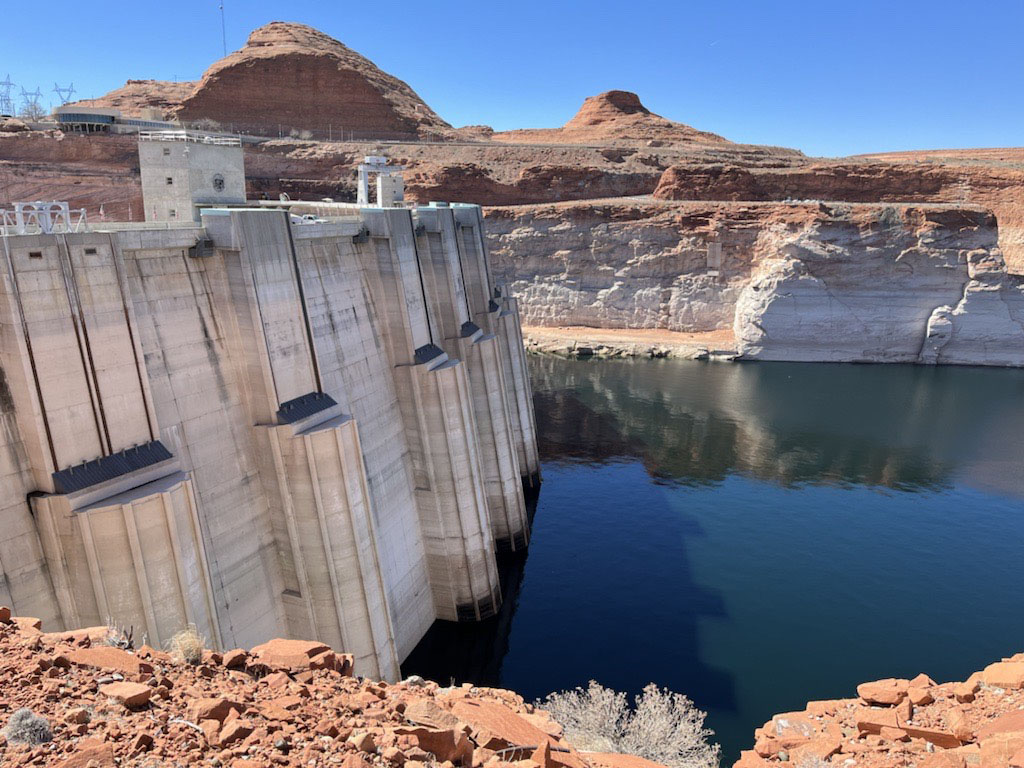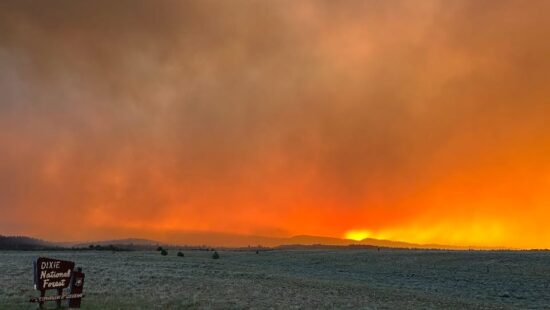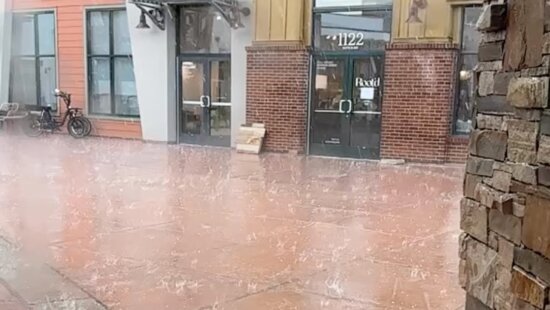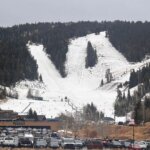News
Drought Update: week of July 29
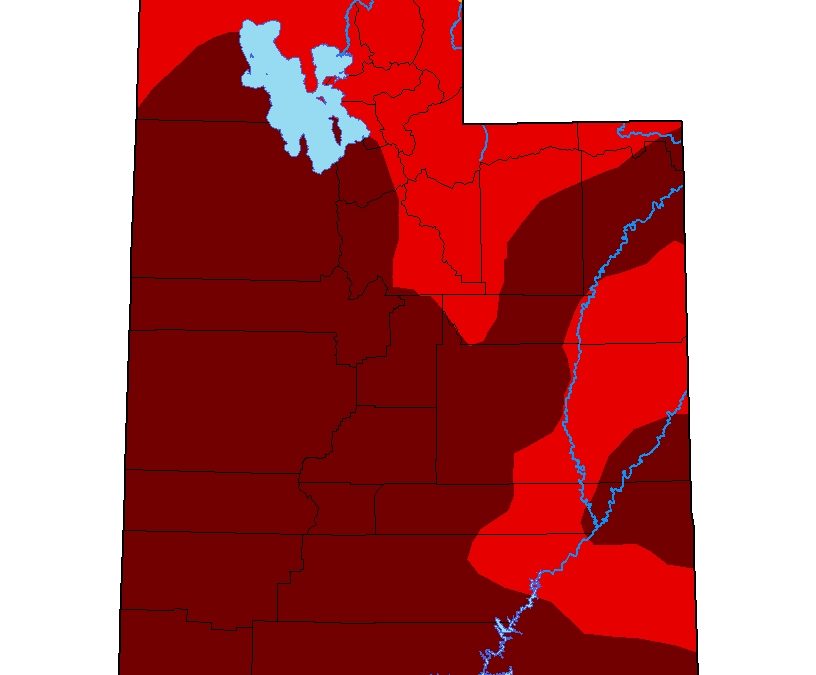
Current map of Utah's drought level, with dark red marking the most extreme drought levels. Photo: US Drought Monitor
PARK CITY, Utah – At this time last year, just one percent of the state was considered to be in “exceptional” drought, the highest drought classification according to the US drought monitor. Today, that number is up to almost 70 percent, with the remaining 30 percent of the state in “extreme” drought, the second-highest classification.
The subsequent drop in reservoir levels has led to an unprecedented closing of boat ramps, with Summit County’s Echo State Park and Antelope Island State Park being among them. And with 30 of Utah’s 42 reservoirs now coming in at less than 55 percent capacity, it’s no surprise that the Great Salt lake has hit an all-time low since water levels were first monitored in 1847. The United States Geological Survey expects water levels to continue to decrease through the fall when they hope rain storms will arrive and landscape irrigation will come to an end.
At this stage of the drought, Park City is in better shape than most communities in Utah. “Our sources are still producing well because we don’t really rely upon reservoir storage for our water supply. We’re also seeing that the community has responded well to our requests to irrigate their lawns less,” says Jason Christensen, Park City’s Water Resources Manager. “We ask that people continue to be very mindful with outdoor irrigation, and to consider watering every third day.”
With about two-and-a-half months of the hottest part of the year ahead, the state will need to continue decreasing demand on an already immensely strained water supply. The Director of the Utah Department of Natural Resources, Brian Steed, explains, “Low water levels at many reservoirs across the state continue to have widespread impacts on water quality, water supplies, wildlife, recreation, agriculture, and the environment,” said Utah Department of Natural Resources Executive Director Brian Steed. “We have received some much-needed rain in some areas, which helps water our landscapes and improves dry soils, but is not sufficient to pull the state out of drought.”
Harmful algal blooms (HABs) are one such concern of the Utah Department of Natural Resources. As water levels drop, and as lawn and agricultural fertilizers run off into our water system, the combination of higher temperatures in the water and increased nutrients from the fertilizers leads to the formation of HABs. The Utah Department of Environmental Quality monitors HABs throughout the state. Currently, there are two blooms that have reached the level of “dangerous”, the highest classification: Scofield Reservoir in Price and Lindon Marina in Utah Lake. Seven other locations throughout the state have been classified under “Advisory Warning”, the second-highest threat level. Exposure to cyanotoxins produced by HABs can occur through the skin, eyes, nose throat, and lungs, and can cause symptoms that range from headaches and stomach pain to vomiting, diarrhea, and neurological symptoms.
Park City’s nearby reservoirs are also being monitored for HABs, though, Jason Christensen doesn’t believe residents need to be concerned just yet. “We’re a lower risk system because of our water source diversity. It’s really the lower elevation reservoirs that are at the highest risk.”
















